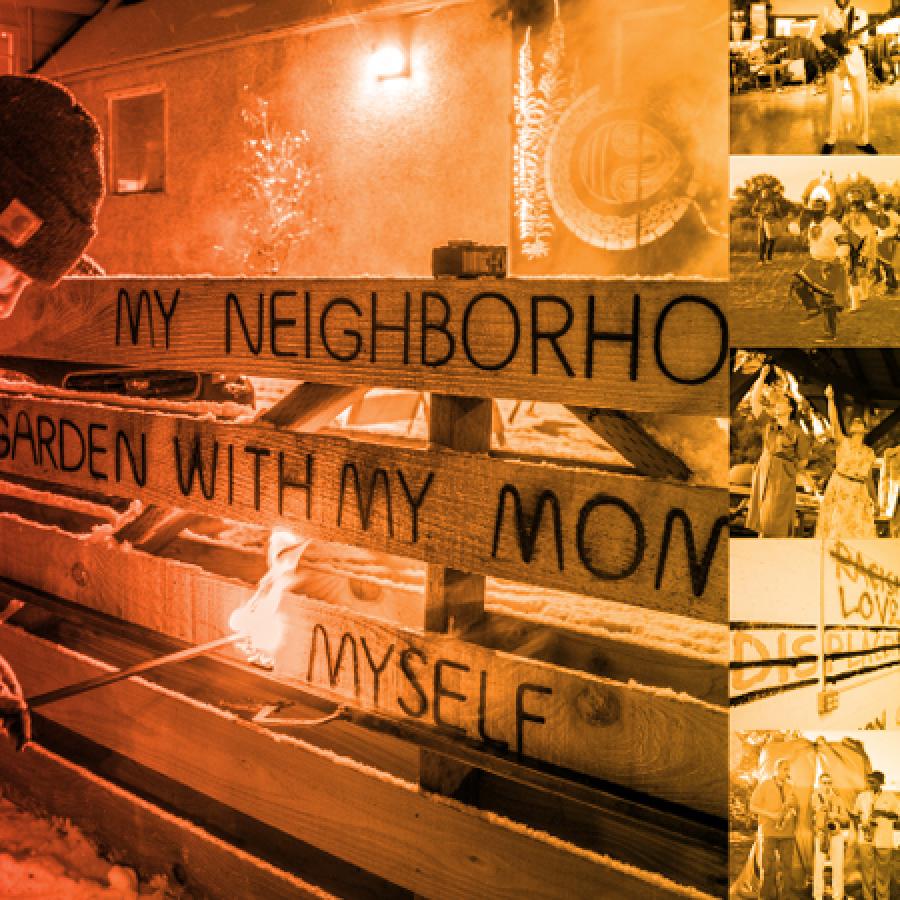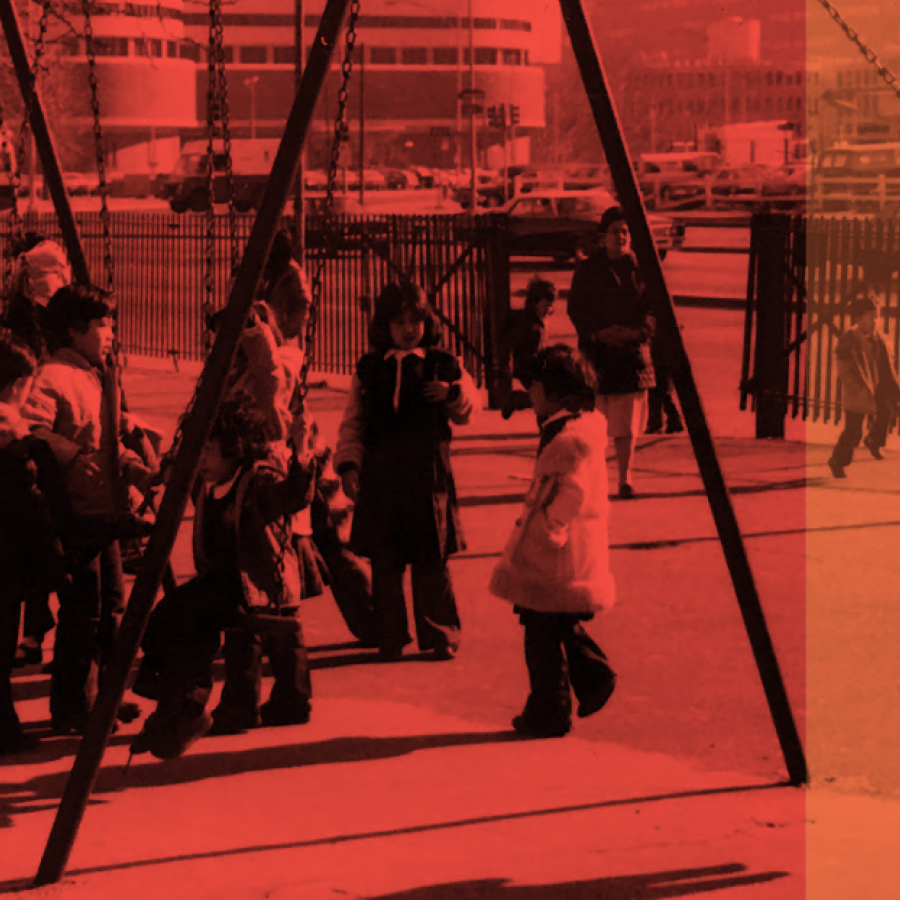Community Engagement and Organizing
Community development organizations of all kinds need to interact constructively and purposefully with their constituents, neighbors, clients, tenants, partners in business, leaders of other nonprofits, and people with whom they have a range of other working relationships. Without this interaction, things do not get done, needs and priorities are not expressed or understood, plans are not approved, projects are not built, organizations lack accountability, and larger-scale change is unrealized. There is an art to building and sustaining those relationships, and yet the ways in which community developers build and manage these relationships depends on their shared goal.
The six Community Development Investments organizations experimented with and tried some completely new approaches to engagement and organizing, with sometimes surprising results. Their approaches were greatly enhanced and fundamentally changed by virtue of employing various arts and culture strategies.
Learn more about this work in, Moving from Engaging to Organizing with Arts and Culture Strategies, the third in a series of briefs that describe the changes, insights, and lessons learned when arts and cultural strategies are deployed in service of comprehensive community development and planning. This brief examines how community developers working with artists created innovative ways of organizing residents and building power for policy change.




